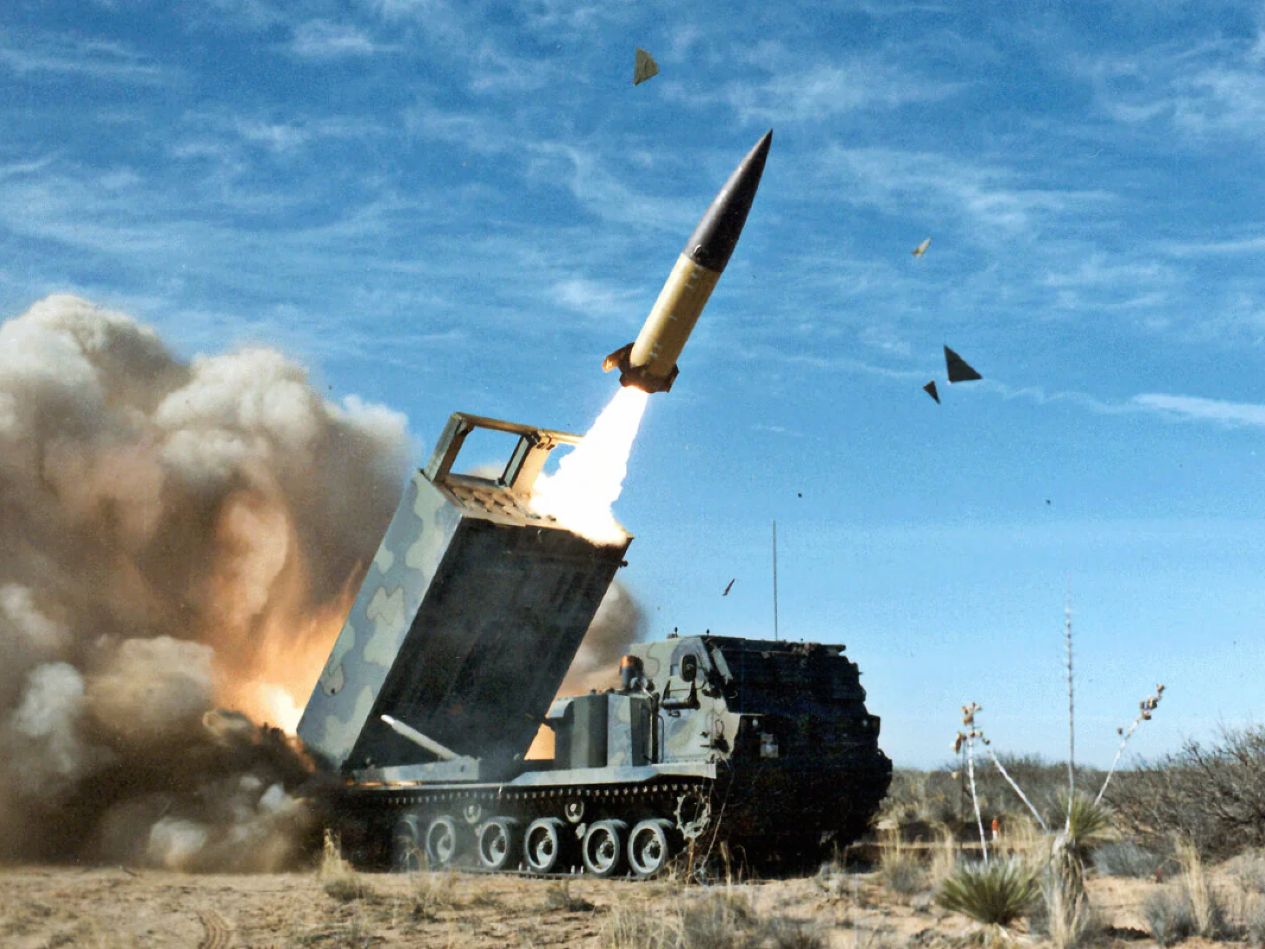The US could finally deliver Army Tactical Missile System (ATACMS) to Ukraine as the draft defense bill allocates $80 million to purchase the weapon for Kyiv’s military.
It will, however, be at least a year until the weapon reaches Ukraine, given the ensuing procedural and industrial process, because the missile will not be dispatched from US military stockpiles. It will be ordered from the industry, which will take time to manufacture.
Thus after main battle tanks and F-16 fighters, this becomes the third weapon system the US approved after a year of initially declining sending them to Ukraine.
F-16s and ATACMS were particularly an absolute no since the US feared they would be used to strike inside Russia, drawing severe retribution and pulling Washington and Europe into the war.
Going by the time estimated for each weapon to be ready for Ukraine, the three might reach the frontline around the same time next year.
US officials have estimated the M1A2 Abrams to be available by next year, given the acute training, logistical and maintenance complexities. The same applies to F-16 jets too.
This emphasizes Ukrainian pilots switching from Soviet to Western combat piloting, tactics, and doctrine.
The MGM-140 ATACMS are surface-to-surface missiles fired from multiple launch rocket systems, including the US-made M142 High Mobility Artillery Rocket System (HIMARS). ATACMS munitions have a range of some 190 miles – around four times that of the longest-range HIMARS rockets currently in Ukrainian hands.
After, Abrams & F-16s, ATACMS Was Imminent
According to the draft bill, not less than $80 million will be spent on procuring the ATACMS for Ukraine under the Ukraine Security Assistance Initiative (USAI). This entails purchases and transactions between the government and the market, translating into a longer time, particularly because the US will not send the ATACMS from its military’s stockpiles.

This happens under the Presidential Drawdown Authority (PDA) when the government arms Ukraine from its own armament inventory, as was the case with the Javelin anti-tank guided missiles (ATGM), High-Mobility Artillery Rocket System (HIMARS), 155-millimeter artillery rounds, the M777 lightweight howitzer, and the Abrams tanks.
On May 30, President Joe Biden said that the issue of providing Ukraine with US ATACMS missiles is “still in play.” Biden made the remarks outside the White House when he was asked for his response to Russia’s increasing air attacks in Ukraine. Biden said the Russian tactic was “not unexpected (and) that’s why we got to continue to give Ukraine all that it needs.”
On June 14, Ukraine’s Ambassador to the United States, Oksana Markarova, said that Washington’s “change in tone” regarding some military assistance to Kyiv depends on a large set of factors.
This also applies to long-range ATACMS missiles. “There are many possibilities about which we first heard ‘no’ and then heard ‘yes,'” the diplomat added, referring to Kyiv’s successful lobbying for advanced weapons, including HIMARS, anti-air systems, and main battle tanks.
Long Time to Reach Ukraine
The ATACMS still has to go through long US bureaucratic, administrative approvals and manufacturing, which is at least a year-long process. For one, the section in the draft National Defense Bill requires the Secretary of Defense to brief the Congressional defense committees before December 31 this year “on the progress of using USAI for the procurement of and availability of ATACMS to the Armed Forces of Ukraine.”
Indeed, Secretary of Defense Llyod Austin may not appear before the committees just in the run-up to the deadline. Assuming the hearing happens over the next two to three months, the subsequent formal order to Lockheed Martin (the ATACMS developer and manufacturer) and the start of manufacturing will take several months.
Secondly, defense company executives have been pointing in various earnings calls since the last year to the time it would take to raise production by smoothening and securing the supply of components, sub-components, and electronics from other manufacturers for their larger weapons systems. The post-Covid disruption in supply chains, in particular, and the decline in American manufacturing, in general, have contributed to the situation.
Companies generally source various small motors, castings, microelectronics, and microchips in rockets and missiles. For instance, the production of HIMARS alone would take time to be raised from six to eight units a month, despite Lockheed investing $65 million in setting up a new factory line, Politico reported in October last year.
- The author can be reached at satamp@gmail.com
- Follow EurAsian Times on Google News




